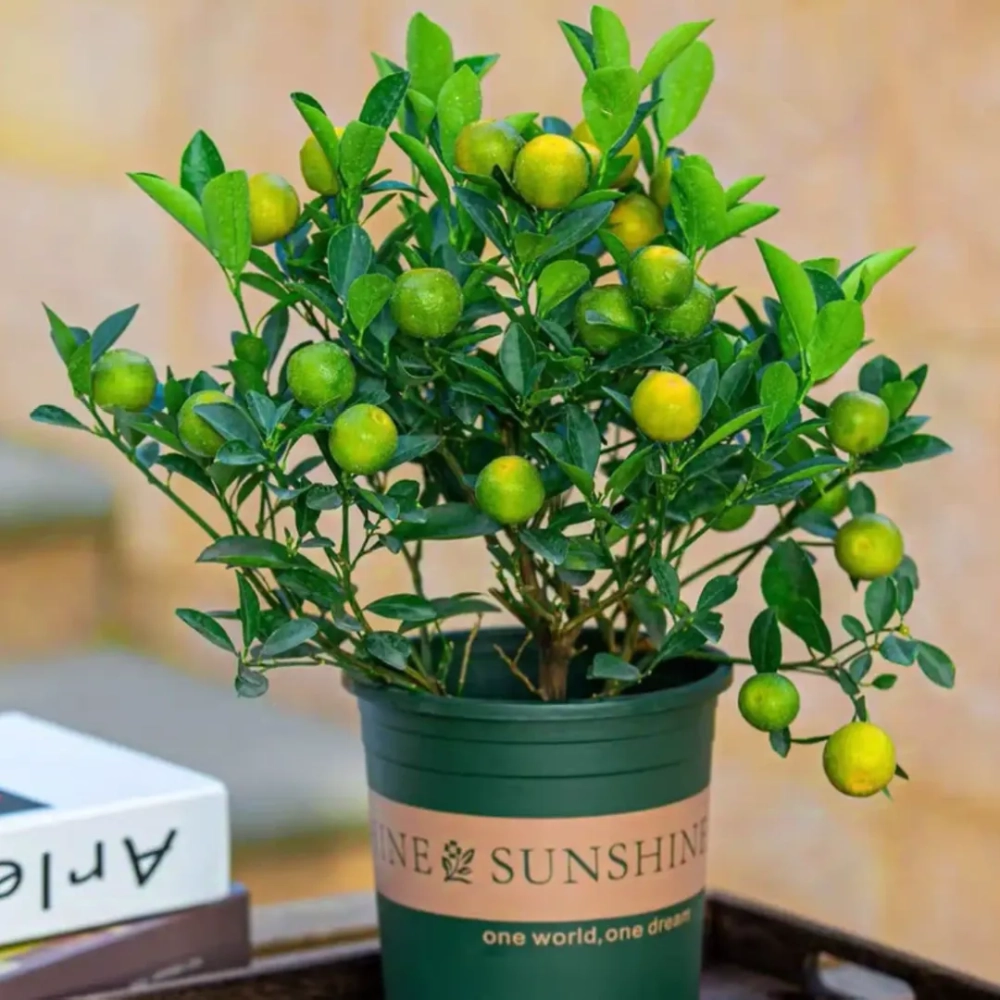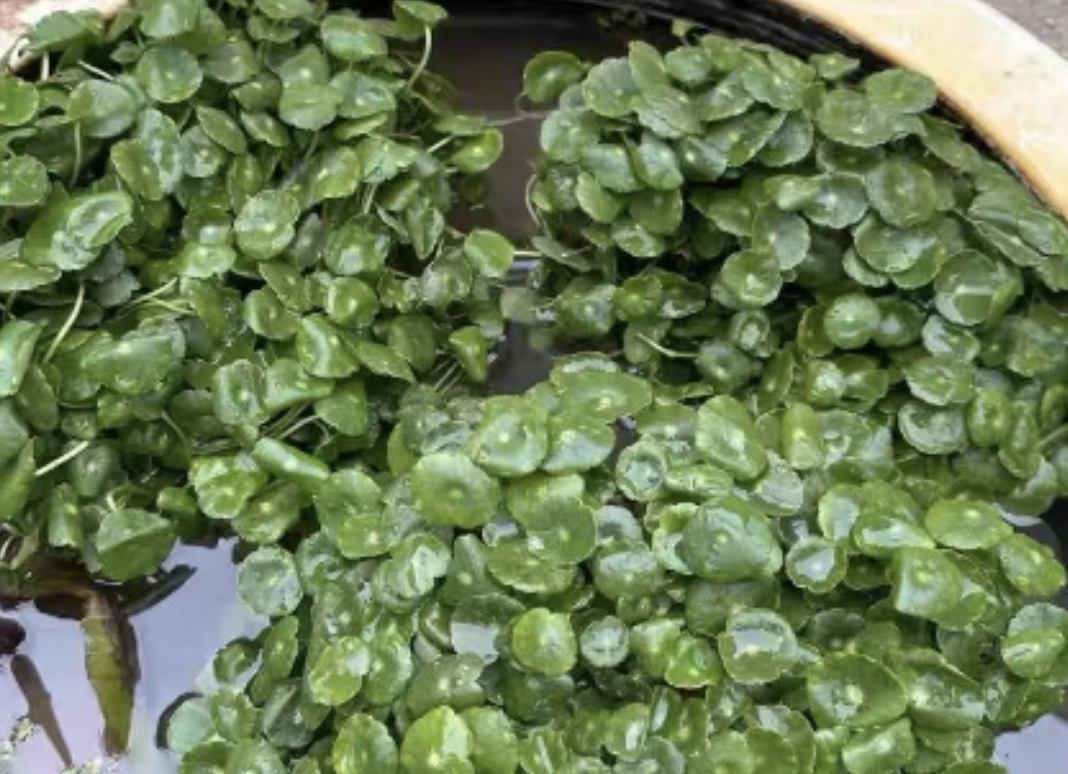Kumquats, small and delicate, are treasures among citrus fruits. Not only do they have an attractive appearance, but they are also rich in nutritional value and offer multiple health benefits. They are one of the preferred fruit trees for home gardening.
Kumquats are rich in vitamin C, auraptene, dietary fiber, and various minerals. Vitamin C can significantly boost immunity and effectively prevent seasonal diseases such as colds. In the dry season, consuming an appropriate amount of kumquats can relieve throat discomfort and protect respiratory health. Auraptene is particularly beneficial to the cardiovascular system. It can lower blood pressure, regulate blood lipids, and maintain cardiovascular health. In addition, kumquats can stimulate the appetite, strengthen the spleen, and promote digestion, making them an ideal choice for those with indigestion.
Planting Methods
Soil Selection: Kumquats prefer loose, fertile, well - drained, slightly acidic soil. You can mix leaf - mold soil, garden soil, and sandy loam in a ratio of 3:2:1 to meet their growth needs.
Planting Time: March - April in spring is the best time to plant kumquats. At this time, the climate is warm and humid, which is conducive to the growth and sprouting of the plant's roots.
Seedling Selection and Planting: Select healthy kumquat seedlings free from pests and diseases. When planting, keep the roots spread out, cover with soil, press firmly, and then water thoroughly. The recommended spacing between plants is 2 - 3 meters to ensure sufficient growth space.
Daily Maintenance
Watering: Kumquats like a humid environment but avoid waterlogging. Water once a day in spring, and in the high - temperature summer, water once in the morning and once in the evening to keep the soil moist. Reduce the watering frequency in autumn and keep the soil slightly dry. In winter, strictly control watering to prevent the plant from freezing.
Fertilization: Apply a thin liquid fertilizer once a month during the growing season, mainly using nitrogen, phosphorus, and potassium compound fertilizers. Increase the application of phosphorus and potassium fertilizers before flowering to promote flower - bud differentiation and improve the fruit - setting rate.
Pruning: Regularly prune branches, removing dead branches, diseased branches, and over - dense branches to maintain good ventilation and light penetration of the plant. After the flowering period, promptly prune the withered flowers to reduce nutrient consumption.
Light: Kumquats need sufficient light, but in the high - temperature summer, appropriate shading is required to avoid leaf burns caused by exposure to the sun. In winter, place them in a sunny place to ensure sufficient light hours.
Precautions
Pest and Disease Control: Common pests and diseases of kumquats include anthracnose and red spider mites. Regularly check the plants and promptly control pests and diseases when found. You can use fungicides such as carbendazim and chlorothalonil for prevention and treatment.
Cold Protection and Warm - keeping: In winter, take good warm - keeping measures to prevent the plants from freezing. You can cover the trunk with warm materials such as straw, or build a simple greenhouse to maintain a suitable temperature.
Fruit Picking: After the kumquat fruits are ripe, pick them in a timely manner to avoid a decline in quality due to over - ripening. Handle the fruits gently during picking to avoid damaging them.
What are the functions and effects of kumquats?

Share with
Tagged in :




Leave a Reply